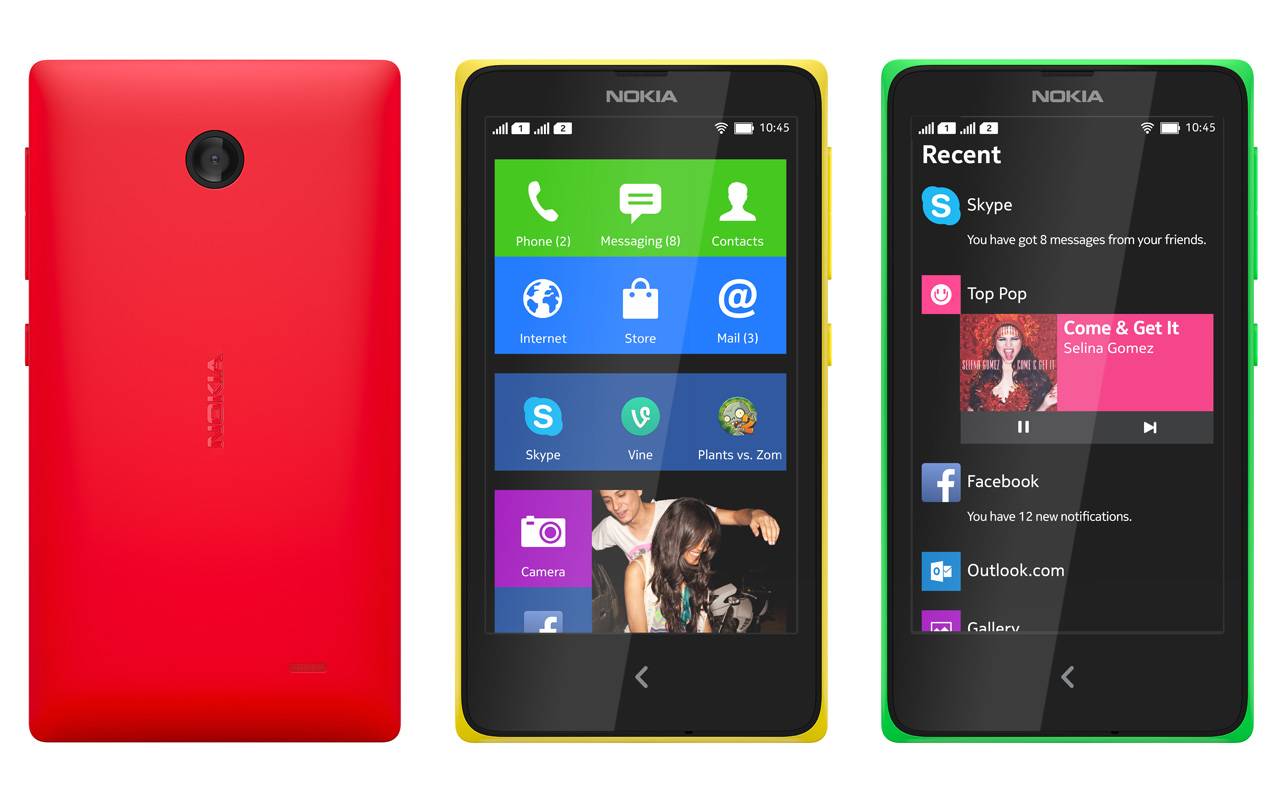What began as a project to run Android on certain netbook models has become a fully functional operating system that can be used on many combinations of hardware. It can be installed as an operating system on a desktop, and even be set up to run alongside other systems on the same machine. In fact, Android is based on the Linux kernel.
When launching Android on a PC, the computer will think you're using a tablet, although you can use it perfectly with a keyboard and mouse and even use shared machine resources like your Internet connection or USB ports, with features continuing to be added with each new version.
It is also possible to virtualize Android through popular programs like VMWare or VirtualBox, where you'll find it much easier to configure and test the operating system.
There are some obvious differences from using an actual Android, such as the fact that very few applications work correctly, so if you want to install Android to play games, you might want to consider other options like Bluestacks. The real potential of this project lies in its use by developers; in fact, it comes with several applications and configuration tools included for that purpose.
Bliss OS (x86) Android for your PC An Open Source OS, based on Android, that incorporates many optimizations, features, and expanded device support. And it is available for just about any Chromebook, Windows/Linux PC or tablet released in the last 4 years. Android 11 The OS that gets to what's important. Go straight to the stuff that matters most. Because Android 11 is optimized for how you use your phone. Giving you powerful device controls. And easier ways to manage conversations, privacy settings and so much more.
How to virtualize Android-x86 on VirtualBoxEpic games store install. The Android-x86 project has now been in effect for several months. It's a free and open initiative to take the Android operating system to computers with AMD and Intel processors instead of limiting it to the ARM architecture that is standard on smartphones and tablets. When you use the Linux kernel, it's possible to install and run Android natively on desktop computers. In this tutorial we're going to virtualize Android 4.4 Kit-Kat using VirtualBox, although you can extend to a real installation of the operating system on a computer by burning the ISO onto your hard disk or running it via USB.
Contribute to ZenX-OS/androidmanifest development by creating an account on GitHub. Google chrome update 66. An application provided by Google itself, Android File Transfer (ATF) is pretty much hopeless on Mac OS X. Complete with errors when connecting to most Android devices and time outs when.
What began as a project to run Android on certain netbook models has become a fully functional operating system that can be used on many combinations of hardware. It can be installed as an operating system on a desktop, and even be set up to run alongside other systems on the same machine. In fact, Android is based on the Linux kernel.
When launching Android on a PC, the computer will think you're using a tablet, although you can use it perfectly with a keyboard and mouse and even use shared machine resources like your Internet connection or USB ports, with features continuing to be added with each new version.
It is also possible to virtualize Android through popular programs like VMWare or VirtualBox, where you'll find it much easier to configure and test the operating system.
There are some obvious differences from using an actual Android, such as the fact that very few applications work correctly, so if you want to install Android to play games, you might want to consider other options like Bluestacks. The real potential of this project lies in its use by developers; in fact, it comes with several applications and configuration tools included for that purpose.
X Os Android Download


X Os Android Emulator
How to virtualize Android-x86 on VirtualBoxX Os Android Sdk
Snow leopard installer. The Android-x86 project has now been in effect for several months. It's a free and open initiative to take the Android operating system to computers with AMD and Intel processors instead of limiting it to the ARM architecture that is standard on smartphones and tablets. When you use the Linux kernel, it's possible to install and run Android natively on desktop computers. In this tutorial we're going to virtualize Android 4.4 Kit-Kat using VirtualBox, although you can extend to a real installation of the operating system on a computer by burning the ISO onto your hard disk or running it via USB.

